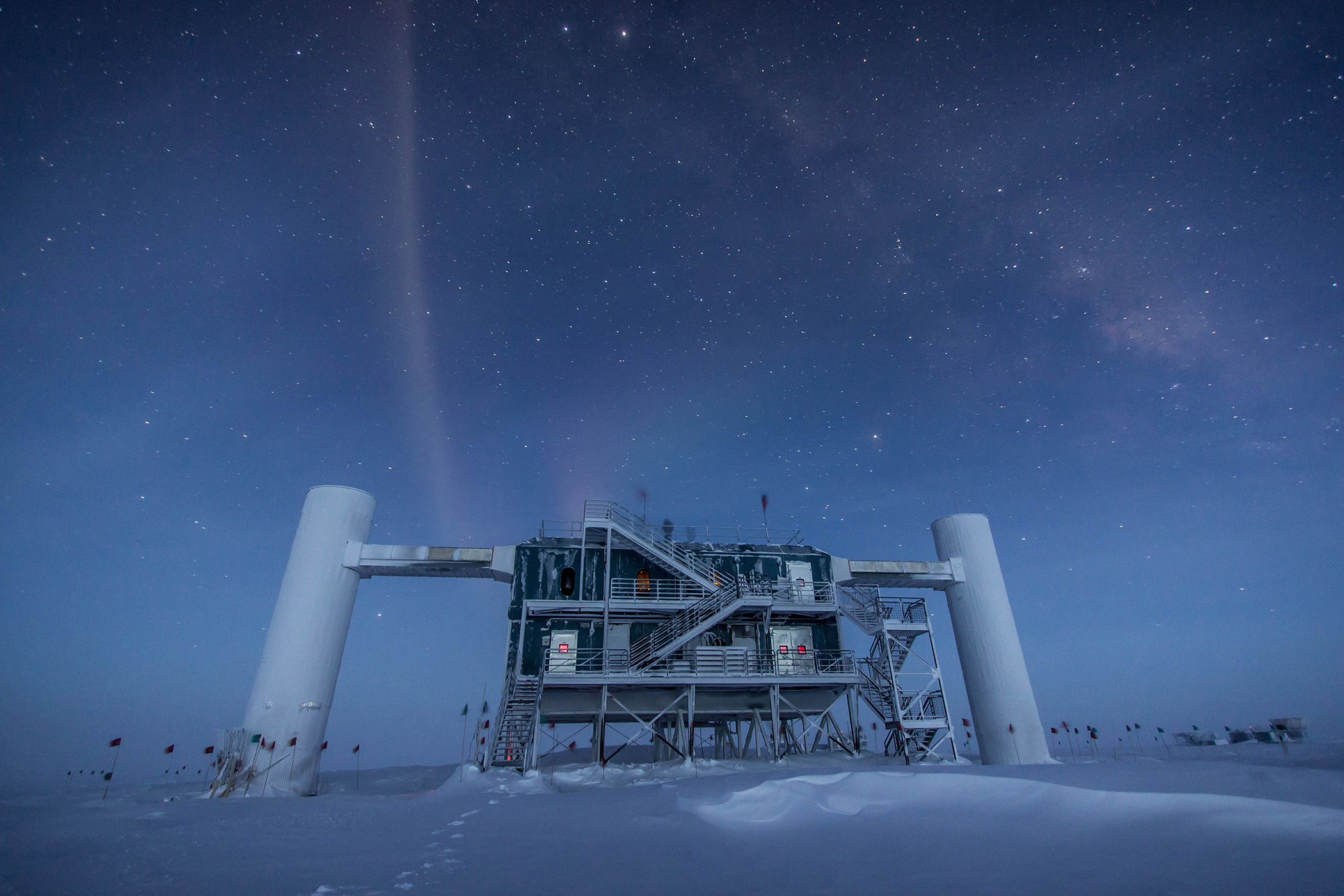When you buy through nexus on our site , we may earn an affiliate charge . Here ’s how it work .
Beneath the Earth’s surface of the intimate world is a littler , quantum human race that defies our fundamental ideas of time and place .
In this mini world , the concepts of " before " and " after " dissolve , such that two events can both precede and succeed each other . In other words , upshot A can occur before event B , and effect B can fall out before issue A , according to a newfangled study release Aug. 31 in the journalPhysical Review Letters .

This theme , called a " quantum transposition , " was first nominate in 2009 by another team and has since been explored both theoretically and through an experiment . Previous experiments showed event A could both lead and succeed event B , but the enquiry could n’t say that these two scenarios were happening at the same office , said Cyril Branciard , carbon monoxide gas - writer of this new study and a physicist at the NÉEL Institute in France . [ The 9 big Unsolved Mysteries in Physics ]
To make up one’s mind on the nose where these violations of causality occurred , the researchers " implemented another quantum switch with a more or less different architecture , " Branciard told Live Science . The new blueprint allowed them to demonstrate through an experiment that outcome A was happening both before and after issue B not only at the same time , but also in the same position , Branciard tell Live Science .
Branciard and his squad programme and observed how a photon — a quantum particleof light — moved its way through a circle . The photon could take one of two paths : If the photon took one course , they call off the occurrence case A , and if it take the other , they called it event B.

A photon is can be opine of as both a particle and a waving . If the researcher used a photon with a horizontal polarization — the guidance in which these undulation vibrate — the photon would first travel route A and then move backwards to lapse through path B , mean event A happened before B. If they vertically polarise the photon , the photon would trip first through path B , then A , meaning bacillus happened before A.
But in the quantum mankind , a bizarre phenomenon known as superposition holds rock . In principle of superposition , photons can be both horizontally and vertically polarize — as illustrate by the famous Schrödinger ’s cat paradox , in which a quat in the quantum world could be both dead and alive , Branciard say .
There ’s a catch , however : Physicists ca n’t in reality see or measure what the photon are doing ; the very human action of measurement destroys the superposition principle . " The measurement would force the photons to ' pick out ' to comply one order or the other , " Branciard said .

Instead , they set up a series of " obstacle , " or optic element such as lens system and prisms , that indirectly made the two upshot distinct from each other . As the photons traveled through the paths , the electron lens and prisms change the soma of the waves of each photon . This , in turn , altered their polarisation — a direction that can be both up , down , sideways , or really at any angle , according to Branciard . At the end of the photon ' journey , the researchers could mensurate the new polarisation .
Branciard and his team set up their optical element in different path such that they can bear many trial run with various setting . A combining of measurement taken throughout the experiment answer as a " causal witness " — a value that , if negative , meant that the photons would have locomote both paths at the same metre .
Indeed , when photons were in this state of principle of superposition , the causal watcher was negative , prove that the photon traveled both paths at the same time , meaning " before " and " after ' meant nothing to these diminutive particles . Event A caused event B complex , and effect B caused event A at the same time .

In the future , this quantum substitution could raise communicating in quantum devices , Branciard tell .
to begin with published onLive Science .















